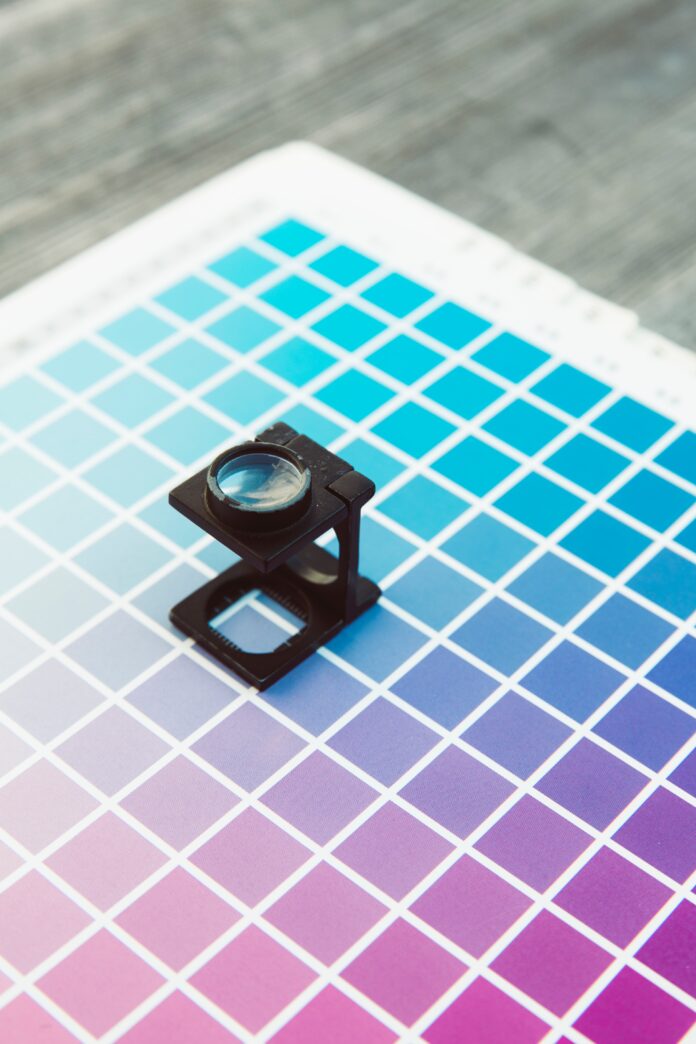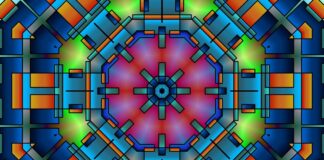Resin printing, also known as stereolithography or SLA printing, is a revolutionary 3D printing technology that has gained significant popularity in recent years. It offers unparalleled precision, intricate details, and a smooth surface finish, making it a preferred choice for various industries such as manufacturing, prototyping, and jewelry design. Resin printing utilizes a liquid photopolymer resin that solidifies when exposed to specific wavelengths of light, enabling the creation of complex and high-resolution three-dimensional objects. In this comprehensive guide, we will delve into the intricacies of resin printing, exploring its process, advantages, applications, and future prospects.
Resin printing, resin printing, resin printing—these three words encapsulate the essence of a technology that has revolutionized the world of additive manufacturing. At its core, resin printing involves the use of a liquid resin that hardens or cures when exposed to ultraviolet (UV) light or a similar energy source. This process is commonly referred to as photopolymerization, where the resin undergoes a chemical reaction, transforming it from a liquid state to a solid form.
The resin printing process begins with a three-dimensional digital model created using computer-aided design (CAD) software. This digital model serves as the blueprint for the object to be printed. The model is then sliced into thin layers, typically ranging from 25 to 100 micrometers in thickness, using specialized software. Each layer is meticulously crafted, taking into account the desired level of detail and resolution.
Once the model is sliced, the resin printing machine takes over. It consists of a build platform, a resin tank, and an ultraviolet light source. The build platform is submerged in the resin tank, with the initial layer of the sliced model positioned just above the resin. The ultraviolet light source, often in the form of a laser or a digital light processing (DLP) projector, emits light in a specific wavelength range, typically in the UV spectrum.
As the printing process commences, the build platform descends slightly, submerging the initial layer of the model into the liquid resin. The ultraviolet light source then exposes the resin to the precise pattern of light corresponding to the first layer of the model. The resin that comes into contact with the light solidifies or cures, adhering to the build platform and forming the base of the printed object. This process is repeated for each subsequent layer, with the build platform gradually descending, layer by layer, until the entire object is printed.
Resin printing offers numerous advantages over other 3D printing technologies. First and foremost, it allows for the creation of highly detailed and intricate objects with exceptional surface finish. The ability to cure the resin at a microscopic level enables the production of complex geometries, fine textures, and intricate features that would be challenging to achieve with traditional manufacturing methods. Resin printing is particularly popular in industries such as jewelry design and dental prosthetics, where precision and aesthetics are of paramount importance.
Furthermore, resin printing facilitates the use of a wide range of materials with diverse properties. Various types of photopolymer resins are available, each tailored for specific applications. For instance, there are resins designed for flexibility and elasticity, suitable for producing functional prototypes or parts that require a degree of resilience. On the other hand, there are resins formulated for high temperature resistance, making them suitable for applications such as molding and casting.
The versatility of resin printing extends to the ability to incorporate additives and modifiers into the resin formulations. This enables the production of objects with specific characteristics, such as enhanced mechanical strength, improved chemical resistance, or even luminescent properties. The ability to customize the properties of the printed objects opens up a myriad of possibilities for various industries, including engineering, healthcare, and entertainment.
Resin printing, resin printing, resin printing—these three words encapsulate the essence of a technology that has revolutionized the world of additive manufacturing. At its core, resin printing involves the use of a liquid resin that hardens or cures when exposed to ultraviolet (UV) light or a similar energy source. This process is commonly referred to as photopolymerization, where the resin undergoes a chemical reaction, transforming it from a liquid state to a solid form.
The resin printing process begins with a three-dimensional digital model created using computer-aided design (CAD) software. This digital model serves as the blueprint for the object to be printed. The model is then sliced into thin layers, typically ranging from 25 to 100 micrometers in thickness, using specialized software. Each layer is meticulously crafted, taking into account the desired level of detail and resolution.
Once the model is sliced, the resin printing machine takes over. It consists of a build platform, a resin tank, and an ultraviolet light source. The build platform is submerged in the resin tank, with the initial layer of the sliced model positioned just above the resin. The ultraviolet light source, often in the form of a laser or a digital light processing (DLP) projector, emits light in a specific wavelength range, typically in the UV spectrum.
As the printing process commences, the build platform descends slightly, submerging the initial layer of the model into the liquid resin. The ultraviolet light source then exposes the resin to the precise pattern of light corresponding to the first layer of the model. The resin that comes into contact with the light solidifies or cures, adhering to the build platform and forming the base of the printed object. This process is repeated for each subsequent layer, with the build platform gradually descending, layer by layer, until the entire object is printed.
Resin printing offers numerous advantages over other 3D printing technologies. First and foremost, it allows for the creation of highly detailed and intricate objects with exceptional surface finish. The ability to cure the resin at a microscopic level enables the production of complex geometries, fine textures, and intricate features that would be challenging to achieve with traditional manufacturing methods. Resin printing is particularly popular in industries such as jewelry design and dental prosthetics, where precision and aesthetics are of paramount importance.
Furthermore, resin printing facilitates the use of a wide range of materials with diverse properties. Various types of photopolymer resins are available, each tailored for specific applications. For instance, there are resins designed for flexibility and elasticity, suitable for producing functional prototypes or parts that require a degree of resilience. On the other hand, there are resins formulated for high temperature resistance, making them suitable for applications such as molding and casting.
The versatility of resin printing extends to the ability to incorporate additives and modifiers into the resin formulations. This enables the production of objects with specific characteristics, such as enhanced mechanical strength, improved chemical resistance, or even luminescent properties. The ability to customize the properties of the printed objects opens up a myriad of possibilities for various industries, including engineering, healthcare, and entertainment.
Resin printing also boasts faster print speeds compared to other 3D printing technologies, especially when it comes to producing highly detailed and intricate objects. Since the resin cures layer by layer, there is no need for time-consuming cooling processes between layers, as is the case with filament-based 3D printing methods. This results in significantly reduced overall printing time, allowing for more efficient and streamlined production.
Another advantage of resin printing is its ability to produce objects with smoother surface finishes. The liquid nature of the resin allows it to flow into tight crevices and intricate details, resulting in objects with minimal visible layer lines. This eliminates the need for post-processing steps such as sanding or polishing to achieve a smooth surface finish. The printed objects are often ready for use or further processing with minimal additional work.
Additionally, resin printing offers high accuracy and dimensional stability. The precise control of the resin curing process ensures that the printed objects maintain their intended dimensions and shapes. This level of accuracy is particularly beneficial for applications where tight tolerances and precise fit are critical, such as in the production of functional prototypes, custom surgical guides, or dental aligners.
Moreover, resin printing allows for the production of objects with varying levels of transparency. Transparent or translucent resins can be used to create objects with optical clarity, making them suitable for applications such as lens prototypes, light guides, or decorative objects. The ability to control the level of transparency opens up possibilities for creating visually appealing and functional designs.
Resin printing also offers the advantage of minimal material wastage. Unlike traditional subtractive manufacturing processes where excess material is removed, resin printing only uses the required amount of resin for each printed object. The unused resin can be recycled or reused, minimizing material waste and contributing to a more sustainable manufacturing process.
When it comes to applications, resin printing finds wide use across various industries. In the field of product design and manufacturing, it enables the rapid prototyping of intricate designs, allowing for quick iterations and design validation before moving to mass production. This significantly reduces development time and costs while enhancing the overall design process.
In the medical and dental fields, resin printing plays a crucial role in the production of customized implants, prosthetics, and surgical guides. The high precision and accuracy of resin printing ensure a perfect fit for patient-specific applications, improving treatment outcomes and patient satisfaction. Dental laboratories utilize resin printing to fabricate dental models, crowns, bridges, and clear aligners with exceptional detail and accuracy.
The jewelry industry benefits from resin printing’s ability to create intricate and delicate designs with fine details. Jewelers can produce complex molds, wax patterns for casting, and prototypes for design verification. The high-resolution capabilities of resin printing enable the production of exquisite and unique jewelry pieces.
Furthermore, resin printing is widely used in the entertainment and gaming industry for the production of figurines, miniatures, and collectibles. The technology allows for the replication of detailed and lifelike models, capturing the essence of characters and objects from various media.
Looking ahead, the future of resin printing holds immense potential. Ongoing advancements in materials science are leading to the development of resins with enhanced properties, such as increased durability, improved biocompatibility, and even conductive or magnetic characteristics. These advancements will expand the range of applications for resin printing, enabling the production of functional parts and electronic components.
Additionally, improvements in print speed and scalability are being pursued to further enhance the efficiency and productivity of resin printing. Research and development efforts are focused on optimizing the curing process, exploring new light sources, and refining the slicing algorithms to accelerate the printing process without compromising the quality and resolution of the printed objects.
Integration with other technologies is also a key area of exploration. Hybrid approaches combining resin printing with other 3D printing methods, such as filament-based printing or powder bed fusion, are being investigated to harness the advantages of multiple technologies and expand the possibilities in terms of materials and applications.
In conclusion, resin printing has emerged as a powerful and versatile 3D printing technology, enabling the production of highly detailed, precise, and visually appealing objects. With its ability to create complex geometries, diverse material options, and excellent surface finish, resin printing has found applications in industries ranging from manufacturing and healthcare to jewelry design and entertainment. As research and development continue to push the boundaries of materials and process optimization, resin printing is poised to play an increasingly prominent role in the future of additive manufacturing.














